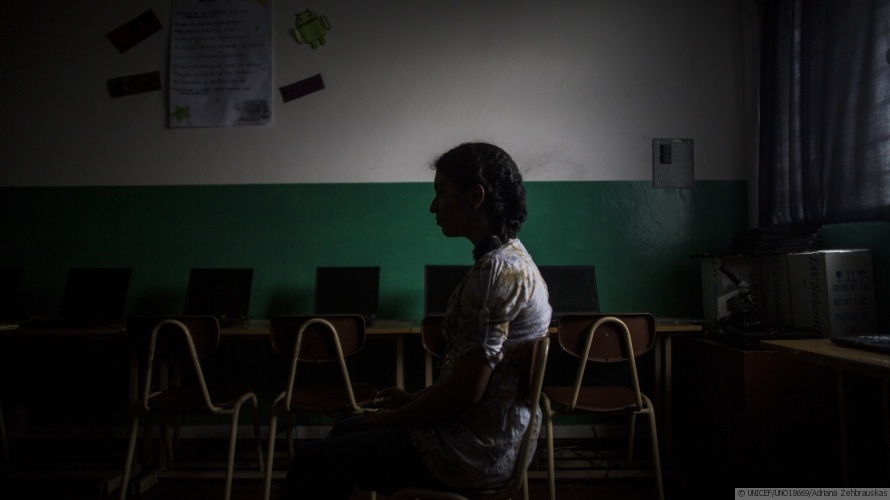
Breadcrumb
Child bullying highlighted as global problem in new UN report
A new report on the global problem of bullying produced by the Special Representative of the Secretary-General (SRSG) on Violence against Children, Marta Santos Pais, will be presented today to the UN General Assembly in New York. The report and it's complementing publication Ending the Torment: tackling bullying from the schoolyard to cyberspace represents an important step in formal international consideration of the widespread child rights problem of bullying, and includes evidence from the Young Lives research study.
Bullying – online or in person – is a serious global problem affecting high percentages of children. It undermines child physical and emotional health, well-being and school achievement. However, until recently much research and evidence has been lacking from low- and middle-income countries. A central theme of the report is the urgent need for high quality evidence to support improved policy and practice.
New longitudinal data from developing countries
Young Lives has been collaborating with UNICEF Innocenti on research that feeds into the wider UN report. Experiences of Peer Bullying among Adolescents and Associated Effects on Young Adult Outcomes, by Kirrily Pells, María José Ogando, and Patricia Espinoza Revollo is based on the experiences of 12,000 children in Ethiopia, India, Peru and Vietnam. It shows how being bullied at the age of 15 is associated with negative effects on resiliency, self-esteem and interpersonal relationships later in life. The most commonly reported forms of bullying found in the Young Lives sample were humiliation, social exclusion and verbal taunting. Gender was found to be an important factor with boys at significantly greater risk of physical and verbal bullying, while girls experienced more indirect and relational bullying.
Children from poor families and out-of-school children were consistently found to experience higher rates of bullying.
“Longitudinal studies are our best tool to understand how we are affected by the constant change that defines children's lives,” said Mary Catherine Maternowska, lead researcher on violence affecting children at Innocenti.
“We can go beyond a ‘snapshot’ view to see how experiences in childhood may affect later outcomes. This expands our understanding of both resilience and vulnerability; it is the power of Young Lives’ approach.”
As a contribution towards UNICEF Innocenti’s Multi-Country Study on the Drivers of Violence Affecting Children, the discussion paper looks at how structural factors interact to affect everyday violence, including bullying, in different contexts - children’s homes, schools and communities - informing national policies for violence prevention. The study also illuminates the gender dimension of bullying, examining the ways boys and girls are affected by different types of bullying at different ages, taking into account norms regarding socially acceptable behaviours for boys and girls.
The paper concludes that the wider social context of bullying can be a critical yet often missing element of prevention efforts, highlighting how bullying often occurs in complex settings where other forms of violence are also present.
Peer bullying has often lagged behind other forms of violence affecting children in global child protection advocacy, leading to the risk of underestimating the long-term impact on the lives of victims and perpetrators.
UN General Assembly resolution 69/158 on bullying, together with the 2030 Sustainable Development Goals, with specific targets on the protection of children from violence, abuse and exploitation, may comprise an important new foundation for progress in protecting children from bullying.
With new evidence confirming the global scope, as well as the emergence of new forms - such as cyberbullying and discriminatory bullying targeting minority and immigrant children - there is urgent need for better data collection, increased resource allocation and development of effective prevention models, including for low- and middle-income countries.

